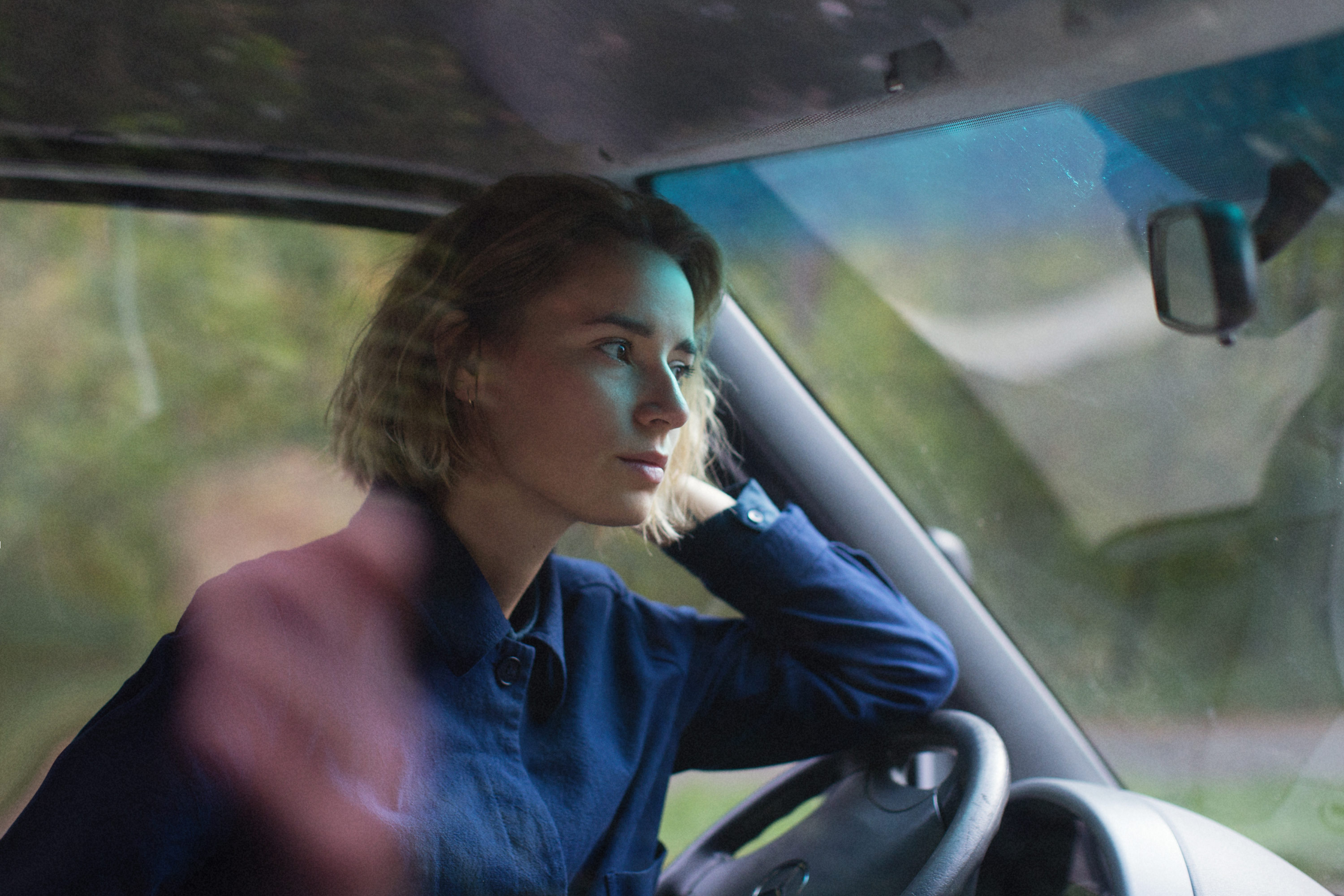
- Interview by Tammi Heneveld November 14, 2017
- Photography by Hannes Caspar
Julia Nimke
- photographer
Berlin-based photographer Julia Nimke developed a love of photography during her nomadic childhood in Germany, and continues to roam the world, camera in hand, documenting the folktales that have helped people define their sense of home for centuries. Here, she describes how her appreciation of nature, solitude, and simplicity impacts her work and creativity, and how she’s been able to form new connections by seeking out paths less traveled and sharing age-old stories.
This digital feature is in partnership with our friends at Adobe to highlight the Adobe Creative Residency, a program that empowers talented individuals to spend a year focusing on a passion project while sharing their experience and process with the creative community.
Describe the creative path you took to where you are now. I was born in a small town called Frankfurt (Oder), which is the smaller of the two Frankfurts, right on the border of Poland. I remember spending a lot of time in my grandparents’ big garden there, which helped influence my love of nature and uninhabited spaces. After my parents divorced, I moved to a smaller city to live with my mom, and we ended up moving around to different towns and apartments throughout my childhood.
I became interested in photography when I was 12, after my stepfather gave me my first camera. I started photographing everything–family, friends, landscapes, animals, structures, you name it. When I was 14, I took a photo course at a local youth club where I learned how to develop black-and-white film in a darkroom. My love for photography grew from there, and I started teaching myself about light and composition. At 16, I got my first digital camera: a Canon EOS 400D. Shortly after, I moved with my family to Dresden and started working on the local newspaper editorial team on a special section for young people. I did that while earning my abitur—it’s the diploma you have to have before you can go to college in Germany.
Working at the local paper was the first time I was paid for my photos, and it felt really good. It was around that time that I decided I wanted to be a professional photographer, and I told my mom about it. She worked as a graphic designer and expressed herself in different creative mediums, so she was very supportive. She passed away a year later. I wanted to honor my mother’s memory by showing that I could really do this, so I committed to becoming the best photographer I could. I became more focused and empowered in pursuing my craft after that.
After school, I moved to Berlin for college and an apprenticeship. I chose to pursue a master’s in photography and selected a course that focused more on craftsmanship. Photography is an art form, but there’s a lot of technique to it. It’s important to have the skills to express your creative ideas without having to stop and think about what aperture, shutter speed, or ISO to use.
When I finished my master’s at 22 years old, I started panicking. It felt too soon to go out into the world, so I decided to go back to school for geography. I wanted to be a photographer who worked on location rather than in a studio, and I’d been interested in nature from an early age, so I thought I could combine the two with geography. But after a year, I realized I wasn’t as scientific as I thought, (laughing) so I withdrew. Instead, I worked part-time as a photographer and photo editor for a media house, and freelanced the other part of the time.
I did that for three and a half years, and it was a pretty good setup: my steady income took care of my flat and food, and my freelancing gave me time to experiment with photography. When I was accepted into the Adobe Creative Residency, I was excited to transition from that steady life to focusing solely on my creative pursuits for a year.
Can you tell me about your Folk Tales project for the Creative Residency? It was originally inspired by a road trip I took through the Balkans. Last June, I bought my Sprinter van, Emil, converted it into a camper van, and took a five-week road trip through the Balkans. I was incredibly inspired by the warm, diverse culture and the people I met in that area; in particular, an older German man in Albania who was traveling with his wife and had all of these crazy stories of where he’d been. He told me about going to a mountain and joining in on a special ceremony there, and I became very interested in the folklore behind it.
There’s a German word—kümmern—that describes a kind of friendliness and hospitality people display because of the values passed from generation to generation in their cultures; many of which are based on folktales. I also became fascinated by the stories people created thousands of years ago to explain the world around them. Maybe people didn’t know why a mountain looked the way it did, so they figured, “Maybe it was a giant who turned to stone long ago?” After traveling around Northern Europe, I can understand why people thought there had been giants roaming around, because the massive landscape is so impressive. I became interested in exploring the places and the people tied to these rich stories.
When I applied to the Adobe Creative Residency, I decided to define the idea for my project a little more. I wanted to go beyond simple landscape photography by seeking out and interviewing people who live in these folktale locations, which tend to be remote areas. I’ve always been more interested in remoteness and being completely alone in a place, as there aren’t many like that anymore. I want to meet people who aren’t confronted with media every day; people who might not even have the internet.
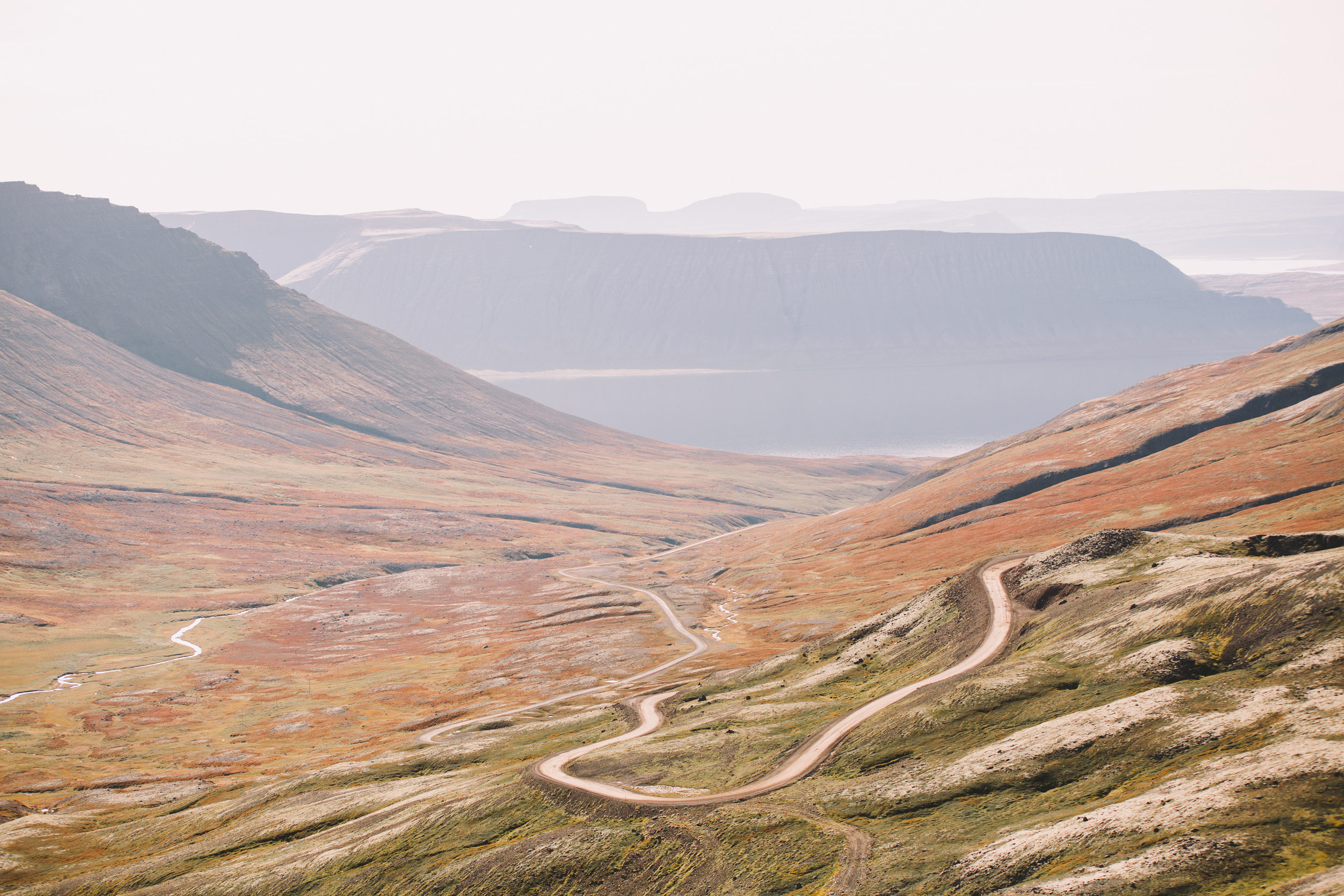
“One of my favorite aspects of the project is that there isn’t just one true version of a folktale; there are many. These old stories are passed down in an oral tradition, so they have, and will continue, to transform over time.”
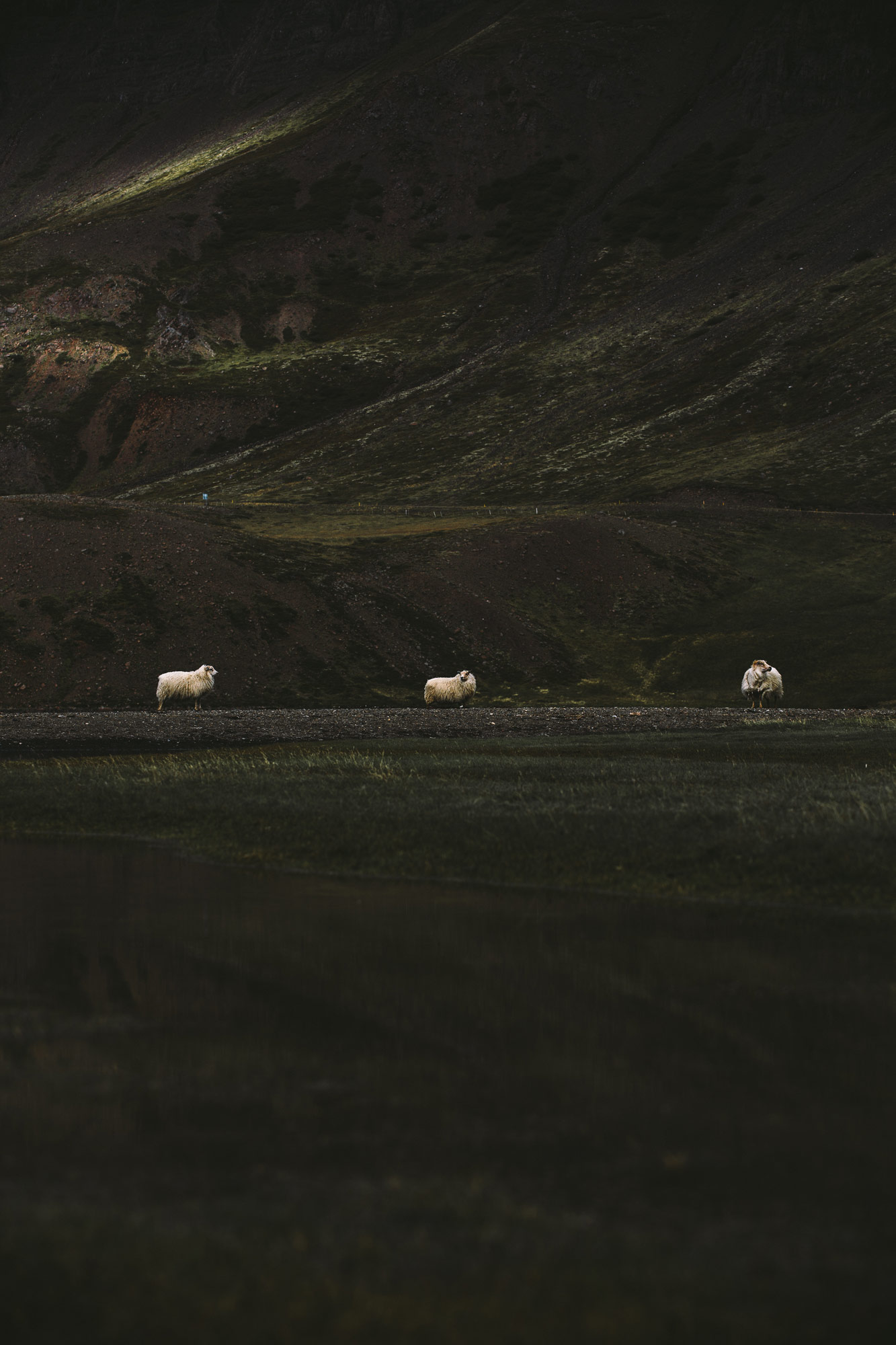
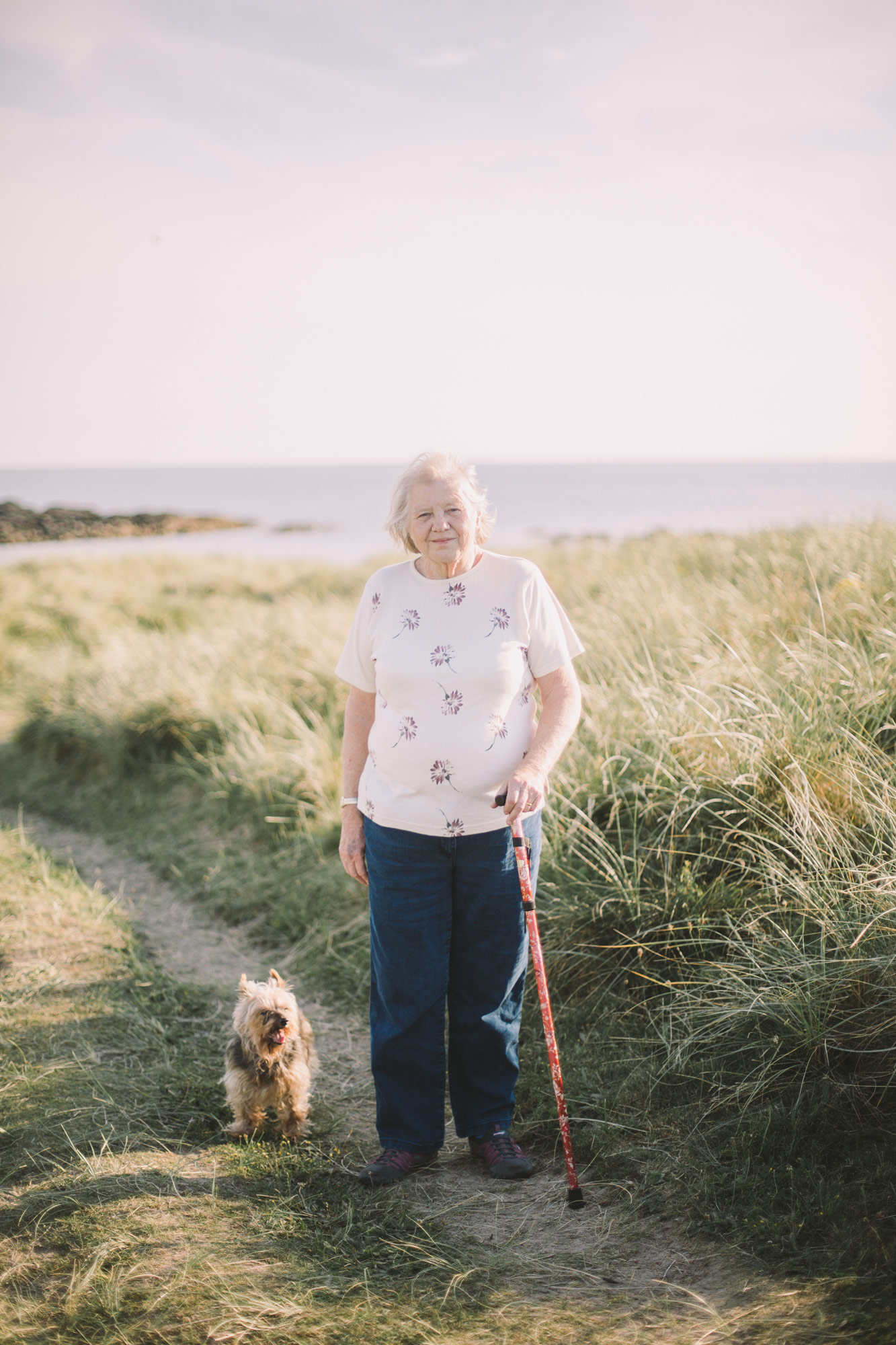
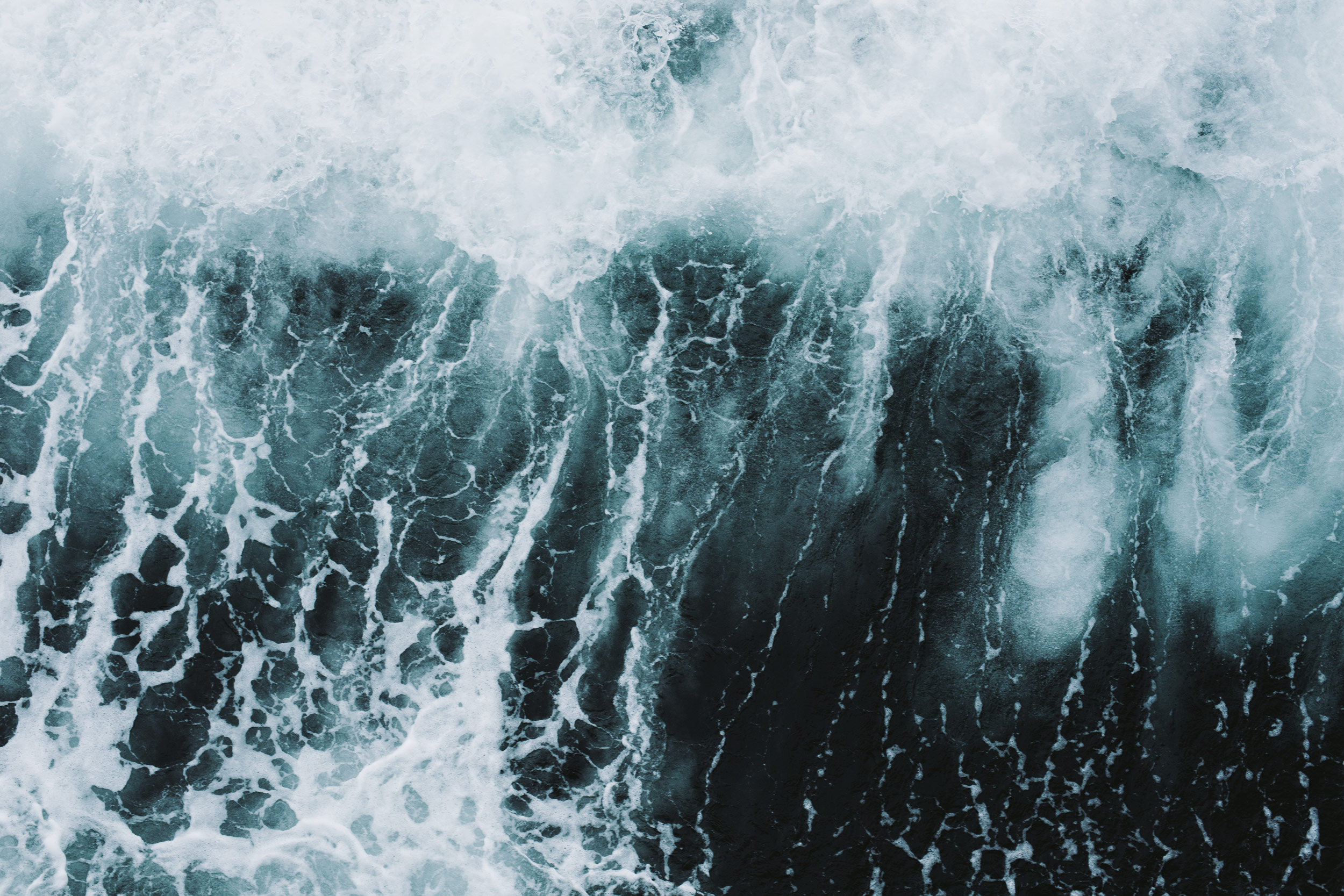
Your project sounds like a good way to celebrate the kinds of little-known places that might otherwise be overlooked. Exactly. I prefer going to places that haven’t been photographed a thousand times. I love the feeling of seeing something for the first time and being overwhelmed by that moment. For example, I was a bit skeptical when I went to Iceland in September because a lot of people go there. Most people do the Ring Road, with all the famous waterfalls and rock formations and the Black Sand Beach. However, I wanted to explore the less-traveled area, Vestfirðir—the West Fjords. I had no idea what that area would look like and felt so overwhelmed by its beauty and isolation—but also by the people I met there. There are only about 7,000 people living there, and most of them live in a town called Ísafjörður. I spent eight days traveling by car throughout the area, and would drive for hours without seeing a single person beyond a shepherd and some sheep—it was great.
So far, I’ve done 16 tales for the project, and they can be complex. Once I find my subjects after researching the area I’m interested in, I combine text, video, landscape photography, and portraiture to tell the whole story. Finding people to interview and photograph without the aid of the internet helps me maintain a slower workflow; it forces me to spend time in an area in order to get to know people face to face.
One of my favorite aspects of the project is that there isn’t just one true version of a folktale; there are many. These old stories are passed down in an oral tradition, so they have, and will continue, to transform over time. I like the idea that there can be many different truths.
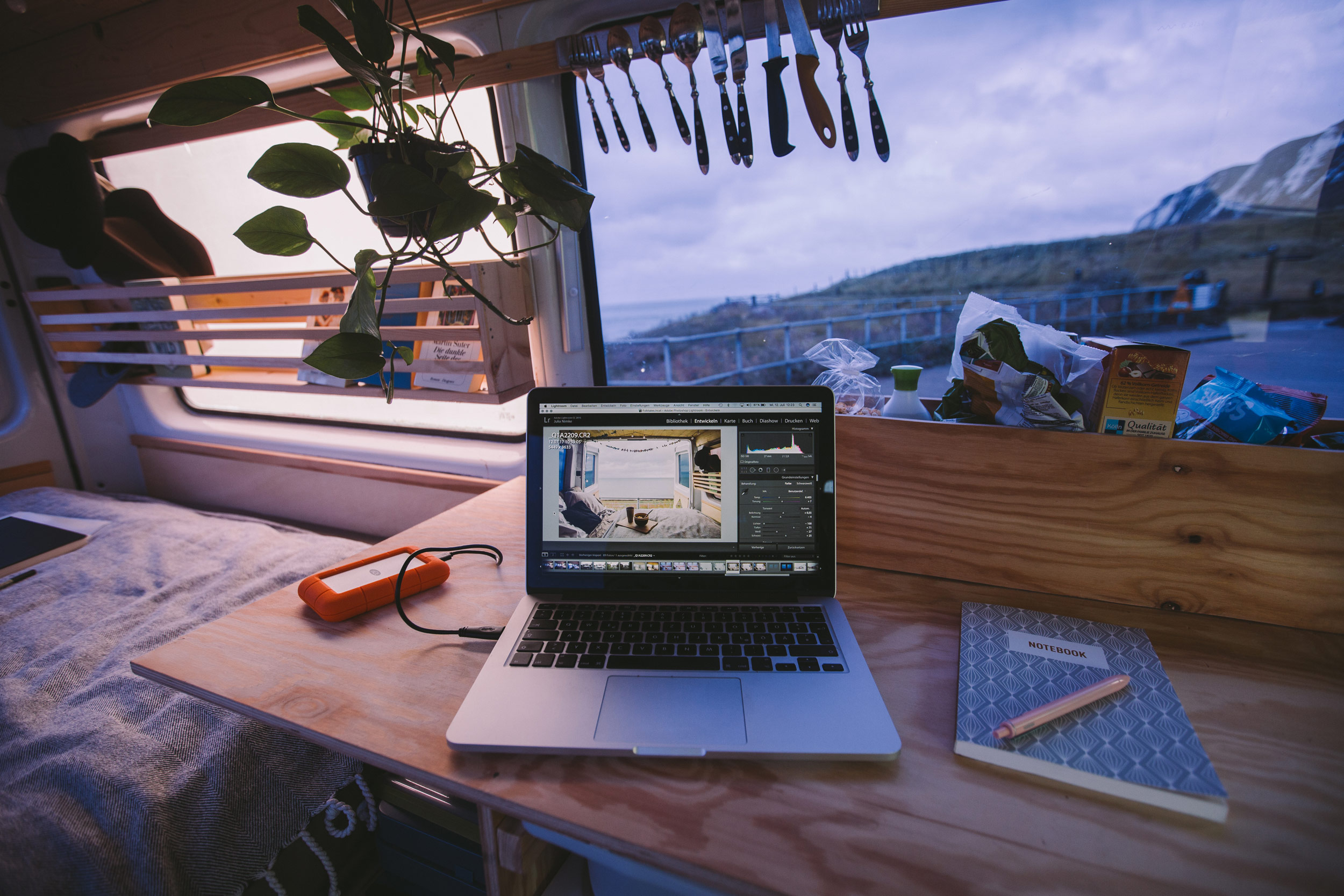
“Finding people to interview and photograph without the aid of the internet helps me maintain a slower workflow; it forces me to spend time in an area in order to get to know people face to face.”
What unique opportunities have you had as a result of pursuing photography professionally? The Creative Residency has probably been the best opportunity. This was the biggest dream I had: to travel the world and capture it the way I see it, and actually get paid to do it. I’ve also gotten a few commissions to shoot for traveling magazines.
What do you have planned for the coming year? I don’t want to spend too much time thinking about what’s going to happen when the year is up, because it’s sort of scary. My main goal is to start freelancing full-time once the residency is over, but I also want to take two or three months off to meet my best friend in Bolivia and travel around South America next summer. I honestly just want to do something with my hands; something as simple as picking apples from trees.
Biggest creative risk you’ve taken in your career: Taking a self-portrait every day for a 100-Day project back in school.
One thing you can’t live without while working on a project: My notebook.
Currently obsessed with: Books; the newest season of Stranger Things; minimalism; researching folktales and different cultures; the photography of Alex Strohl.
Three greatest influences:
- My mom. She had so many different ways of expressing herself creatively, and influenced my decision to become a photographer.
- Anya, a woman I met in England a few years ago, who introduced me to hiking.
- Van life. Seeing the growing community of people living in vans around the world inspired me to do it myself.
Favorite space to work: My van—especially when I’m parked in a place with a beautiful view.
If you weren’t a photographer, you’d be: A woodworker.
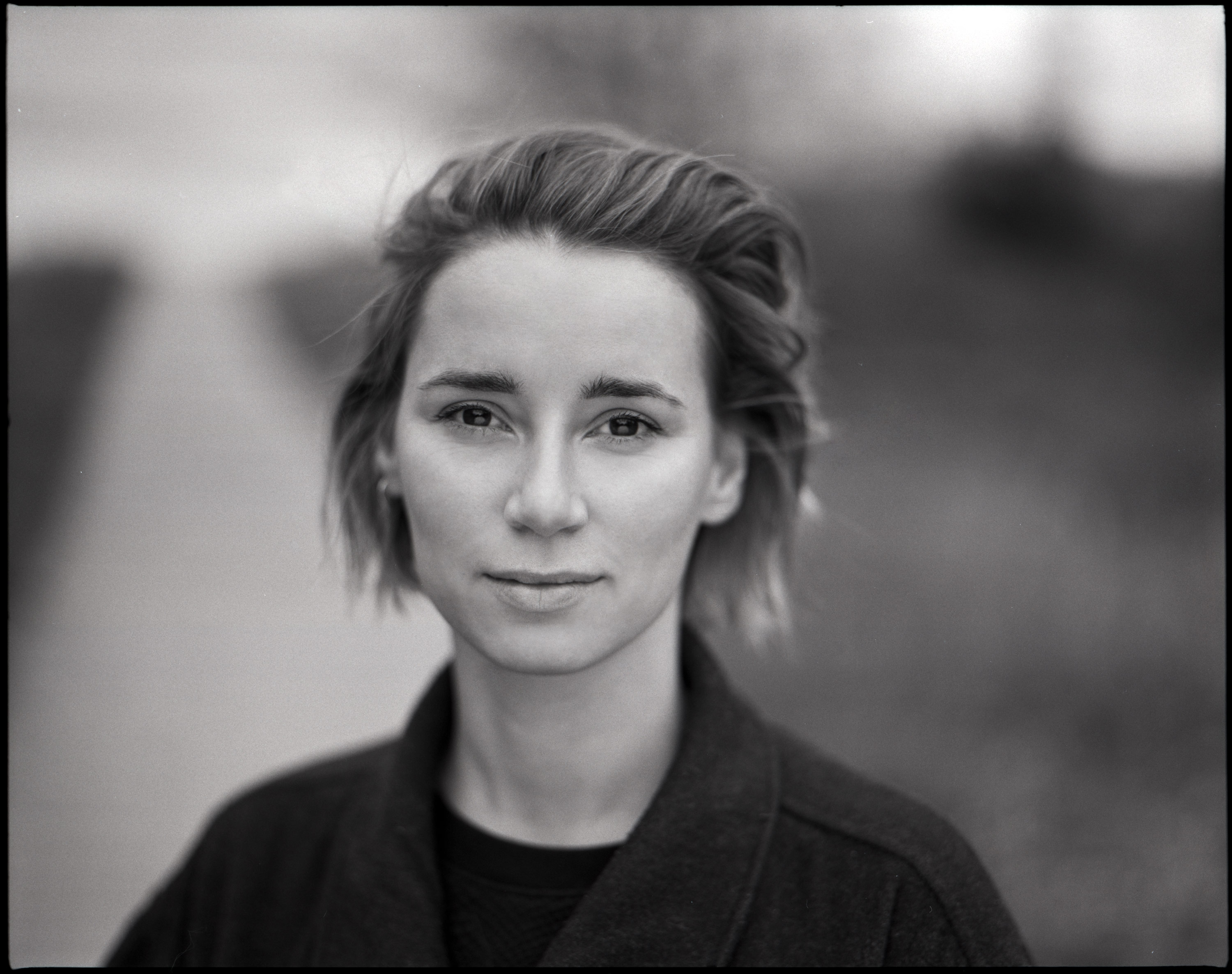
“There’s a German word—kümmern—that describes a kind of friendliness and hospitality people display because of the values passed from generation to generation in their cultures; many of which are based on folktales.”